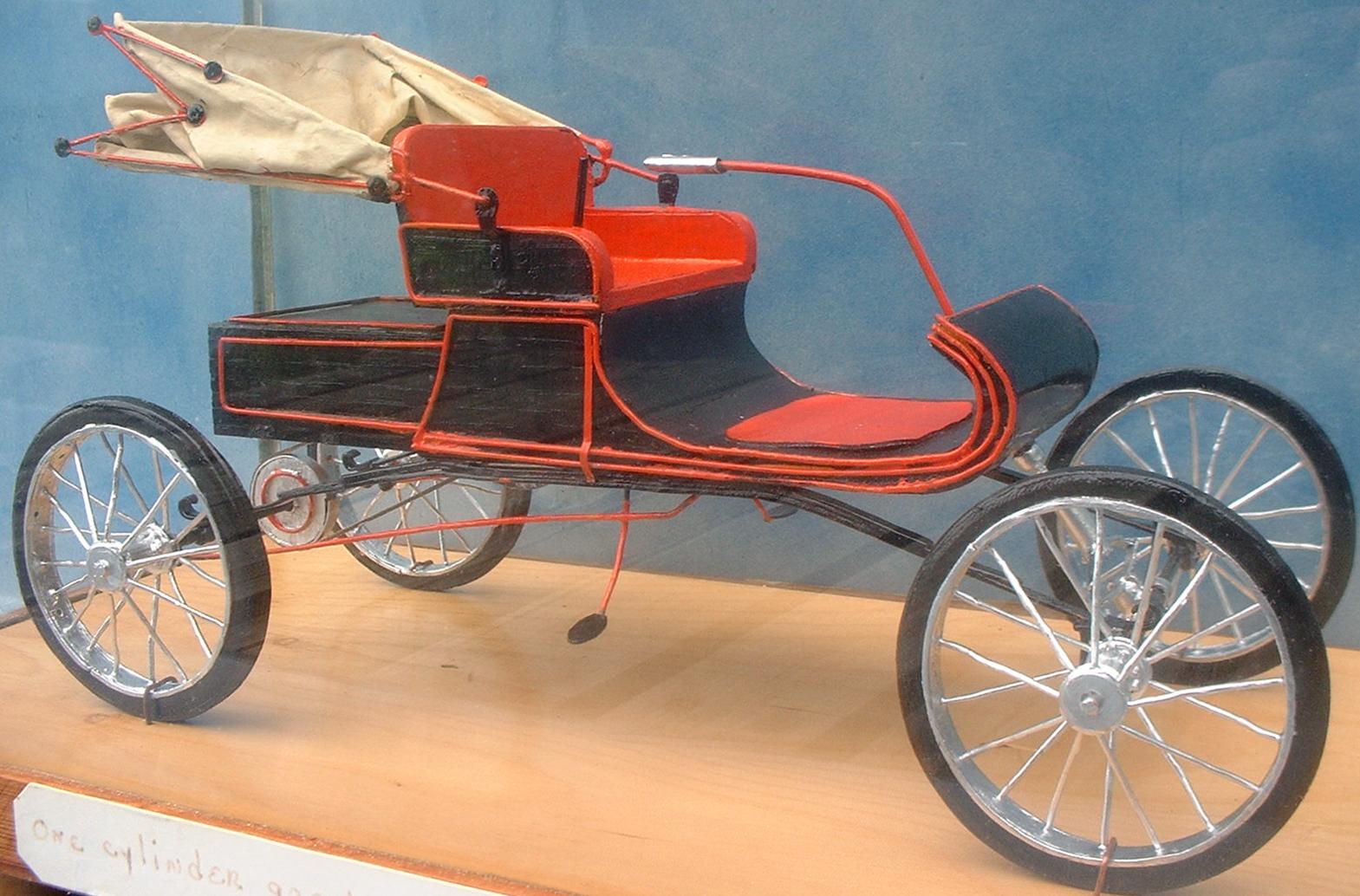
One-cylinder gasoline Oldsmobile,
1902
(“Merry Oldsmobile,” a “one-lunger” you could buy for $650.)
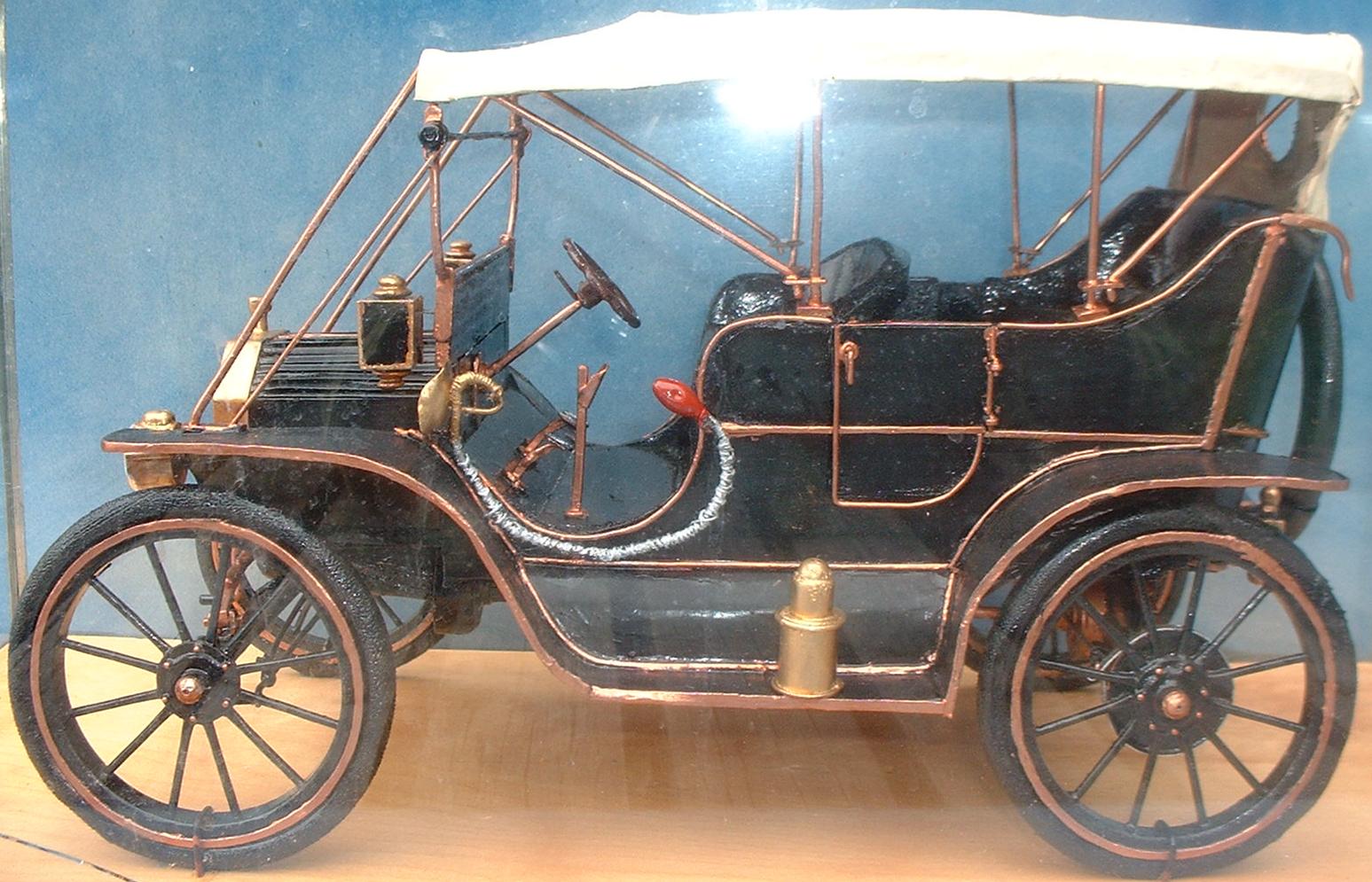
Model “T” Ford, 1908
(The original “Tin Lizzie.” Flourished 19 years, with 15 million copies made.” The first article ever mass-produced.)
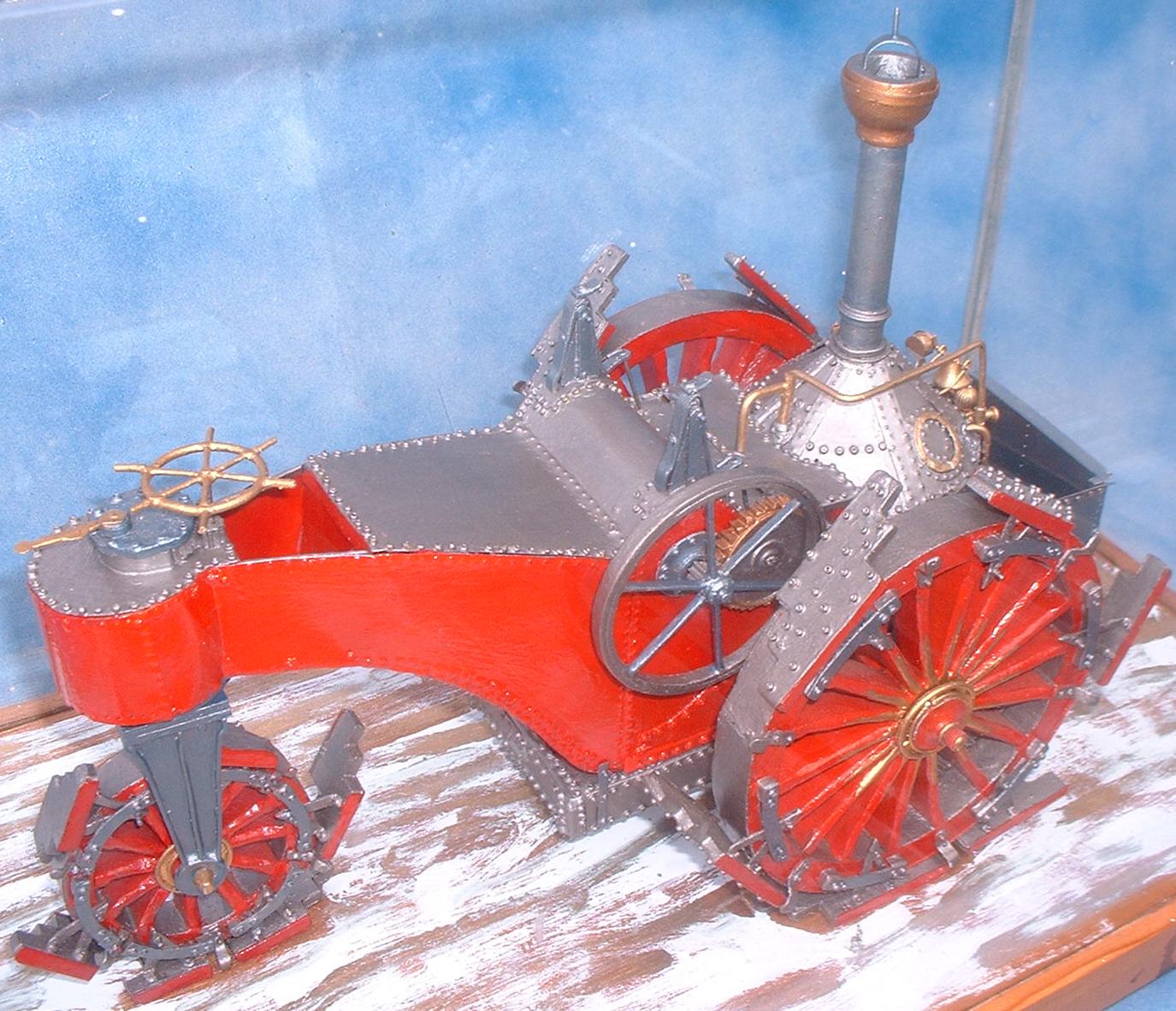
Tuxford’s Bordell traction engine, 1858
(Beginning of mechanization of farm equipment and grandfather of bulldozer.)
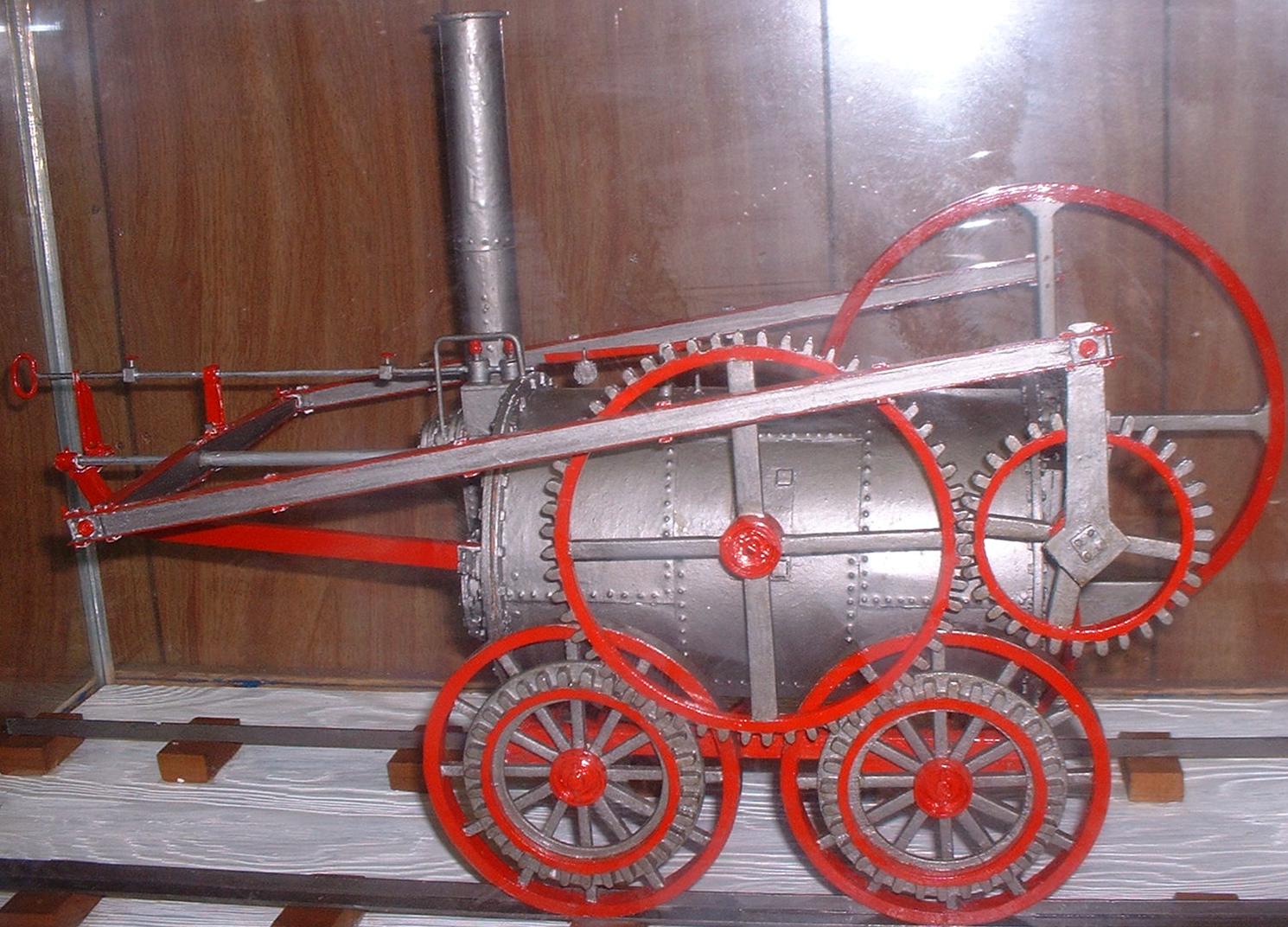
First railway locomotive, 1804
(Built by Richard Trevithick. Was actually an adaptation of its maker’s portable engine. Operated for a short time on the tramway of the Penn-y-Darran Iron Works in southern Wales.)
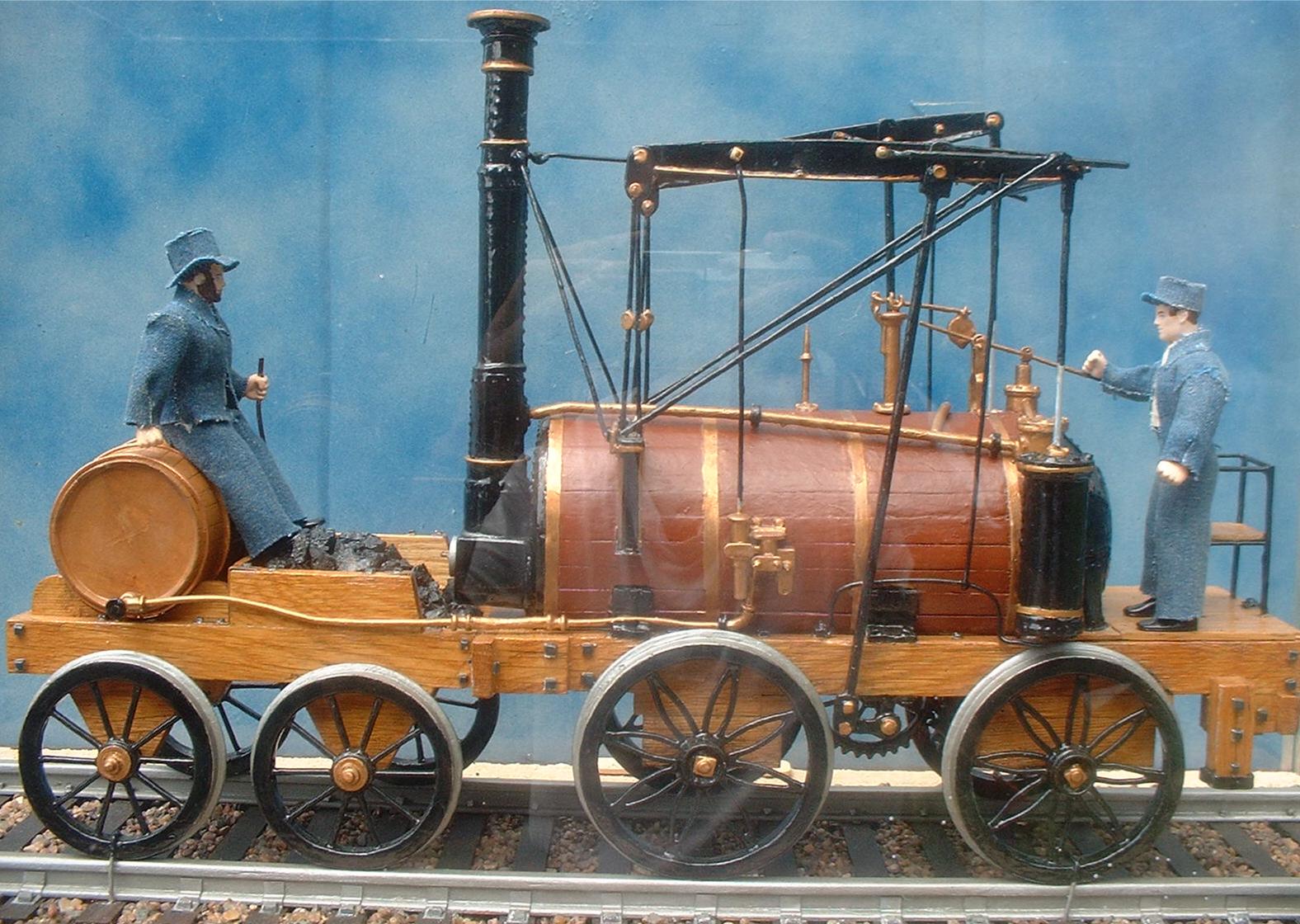
Wylam Dilly, about 1814
(Built by William Hedley. Clumsy and slow-moving, traversed Britain’s tramways.)
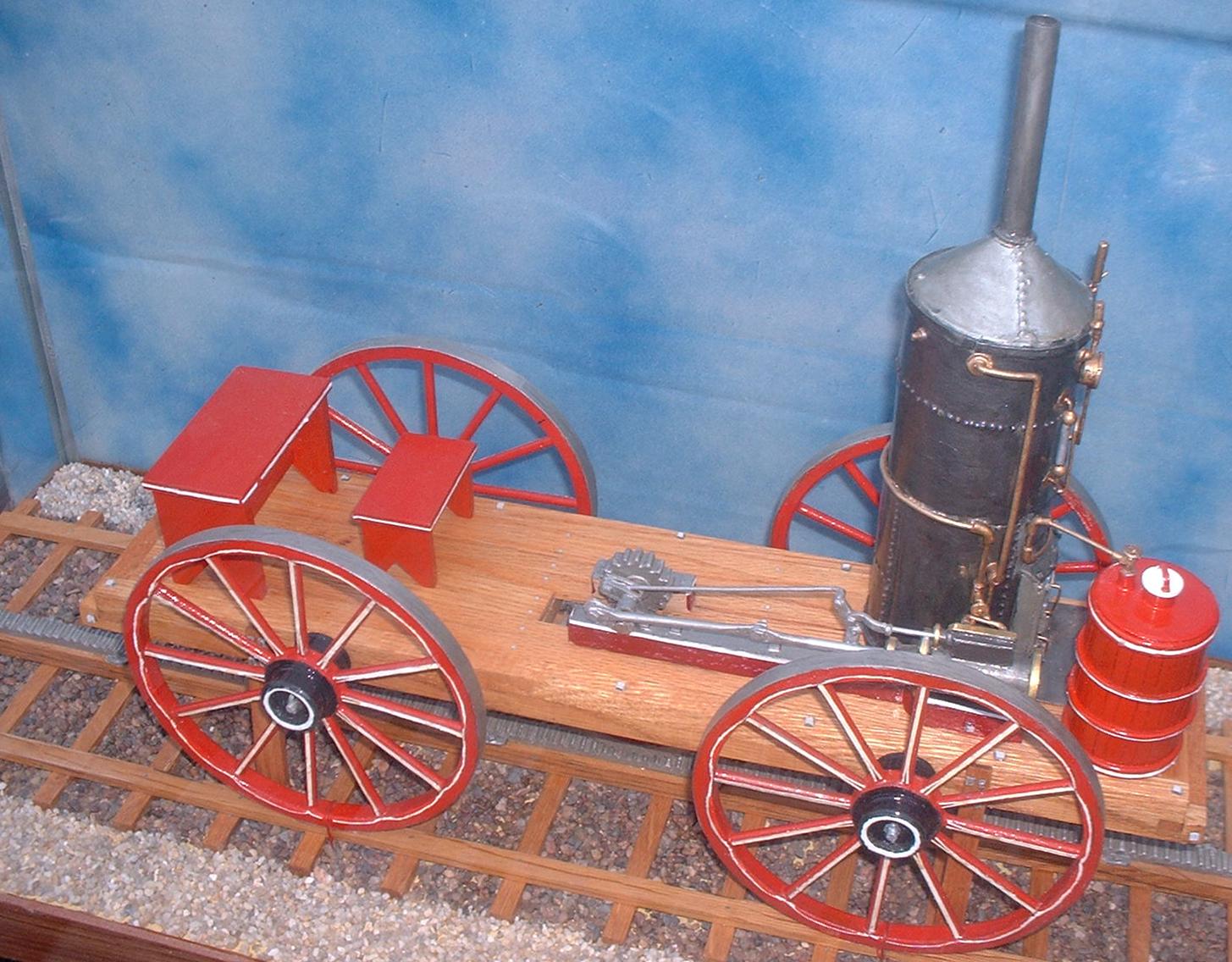
Demonstration locomotive, 1825
(Built by John Stevens of Hoboken, New Jersey to prove the practicability of railways for tapping the riches of America’s inland empire.)
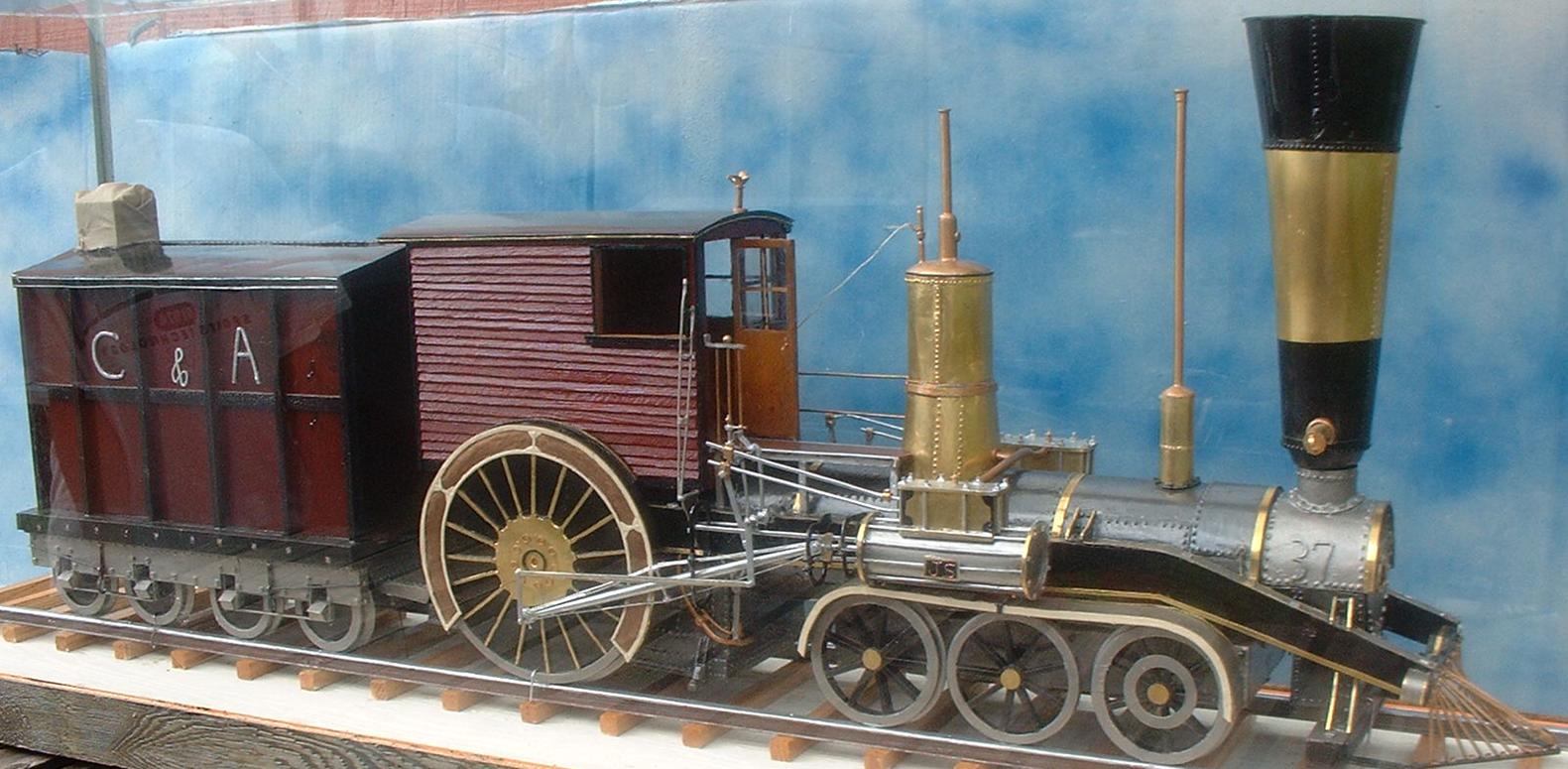
John Stevens, about 1849
(Several sister locomotives were based on the same English design between 1849 and 1853.)
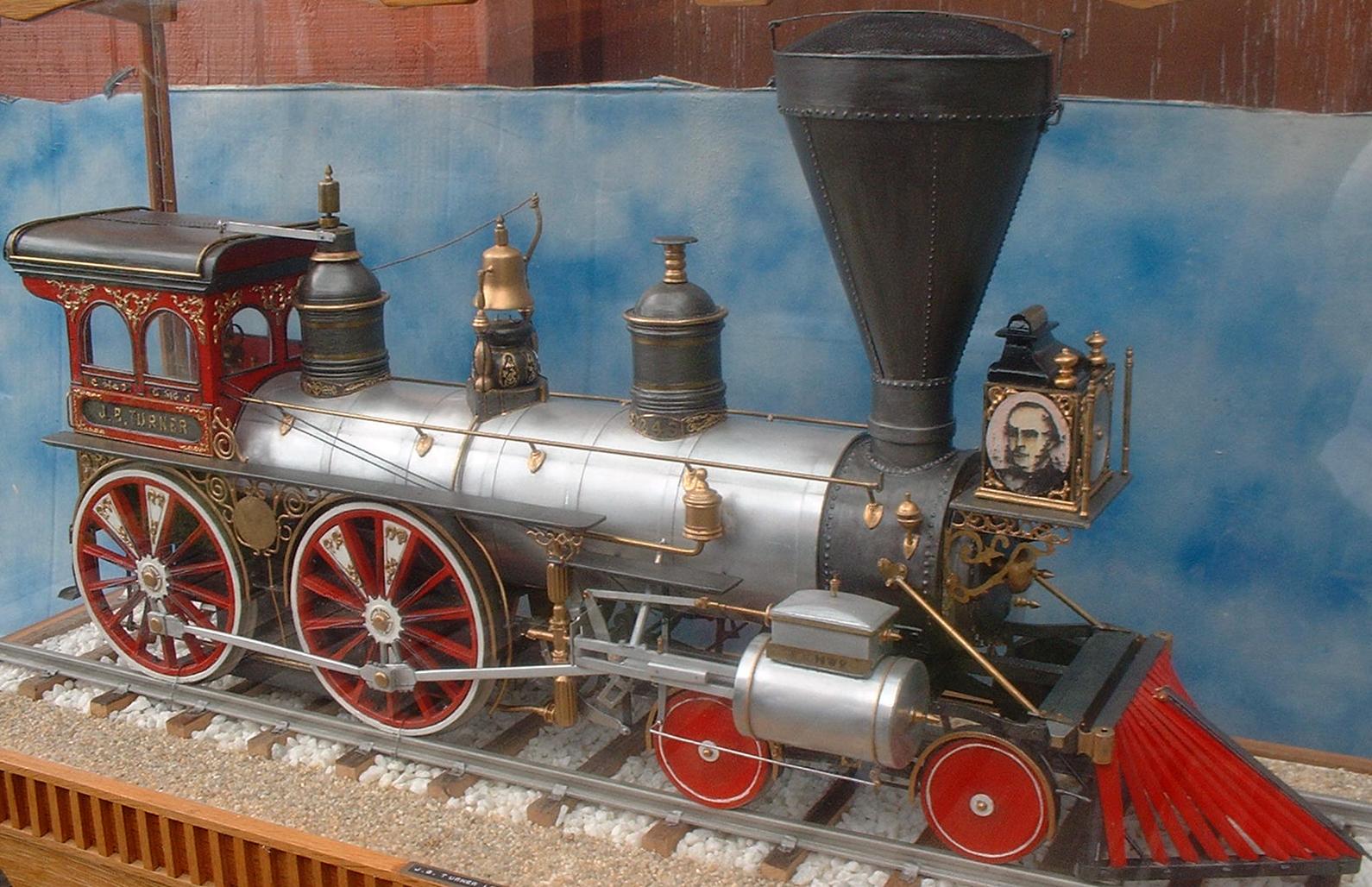
John B. Turner, 1867
(Constructed in the shops of the Chicago and North Western Railway. Remained in service until 1898.)
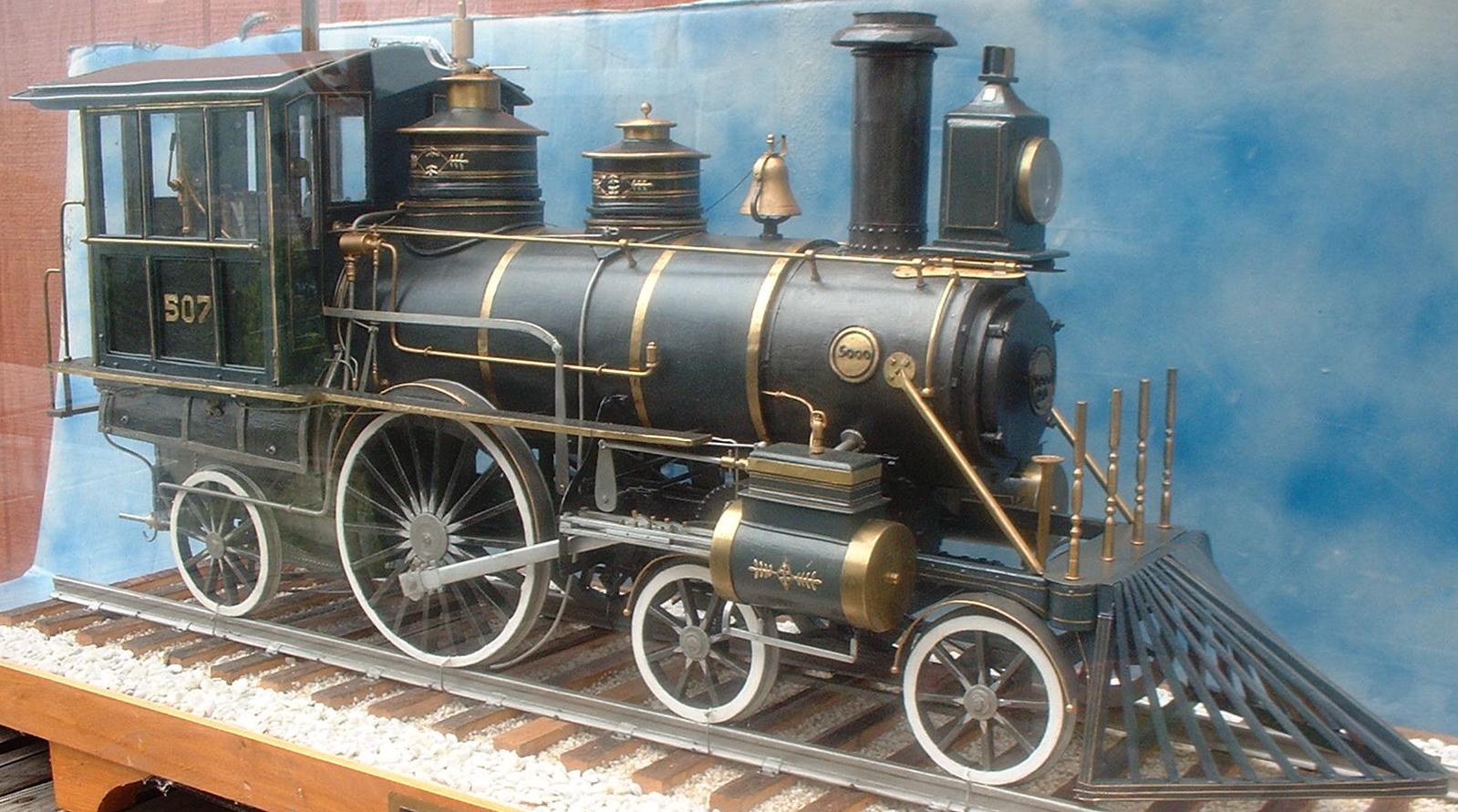
Reading’s 507, 1880
(Considered peculiar because of its single pair of driving wheels.)
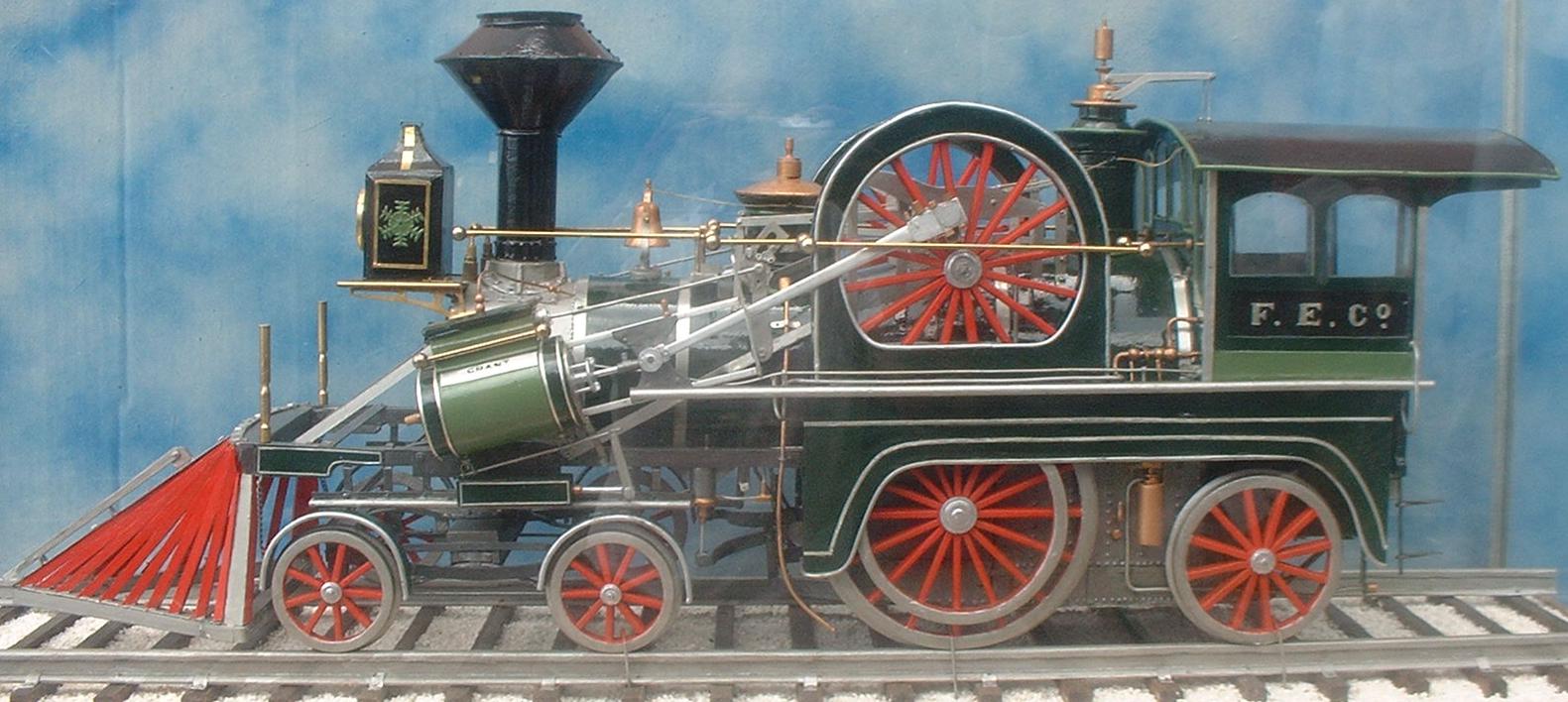
Friction drive locomotive, 1881
(Built to the patented design of Eugene Fontaine by the Grant Locomotive Works for the Canada Southern Railroad. After an unsuccessful career as a demonstrator, was rebuilt along conventional lines for the Wheeling and Lake Erie Railroad.)